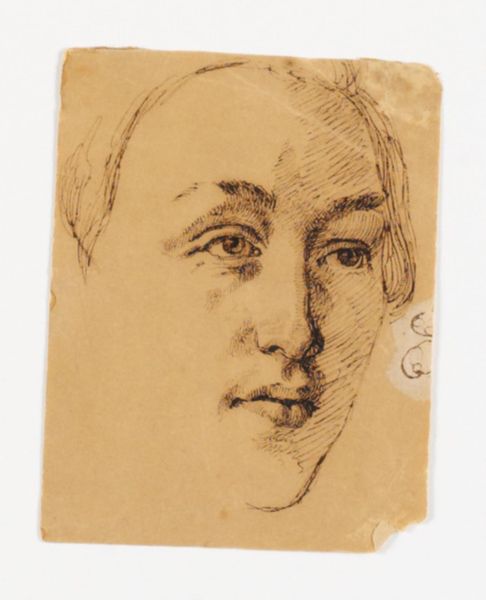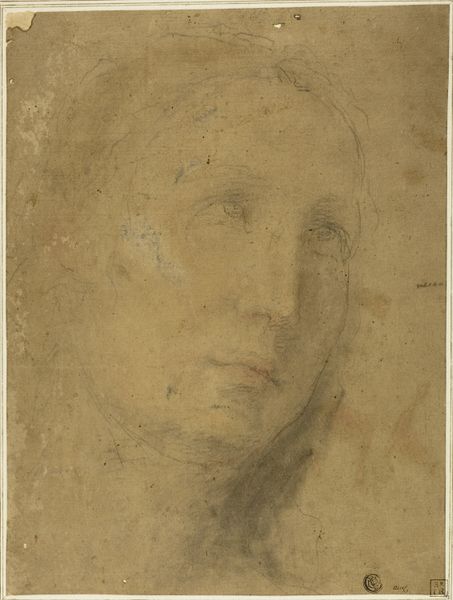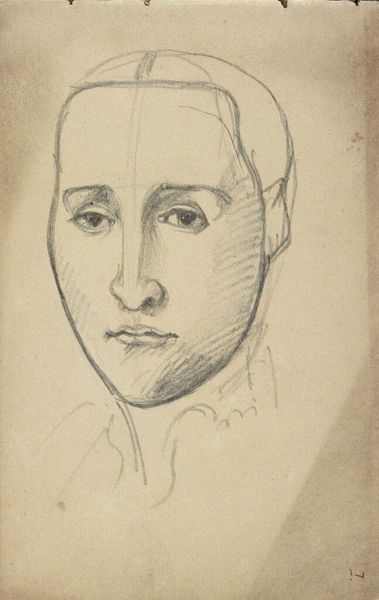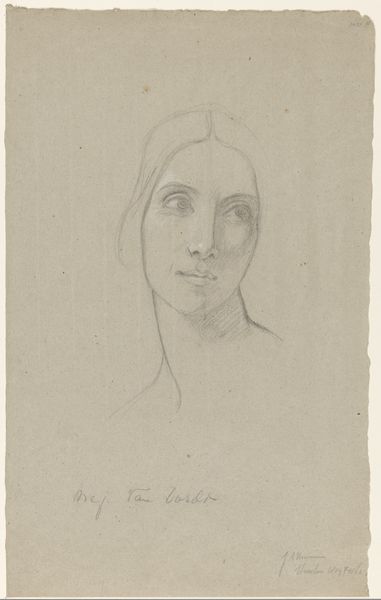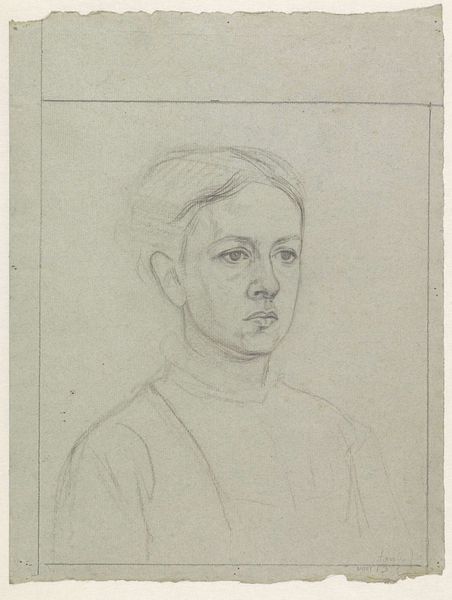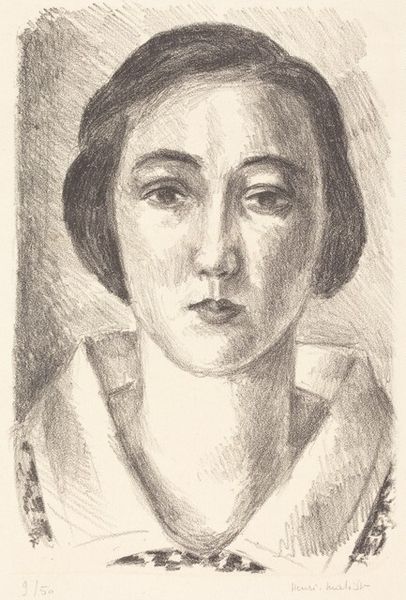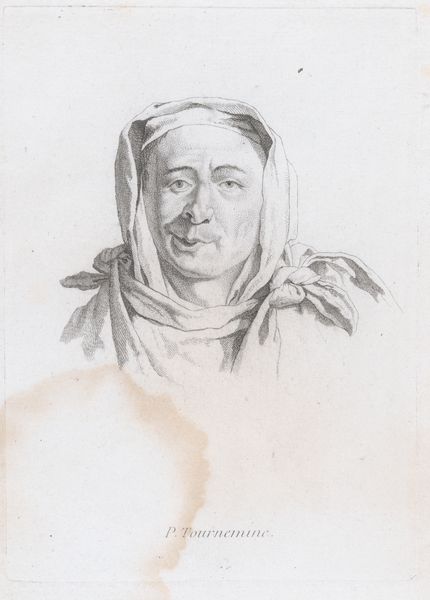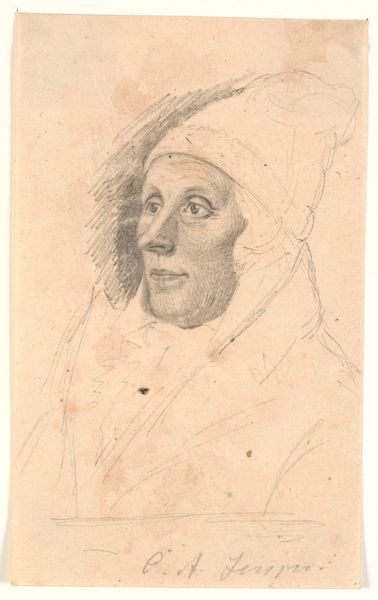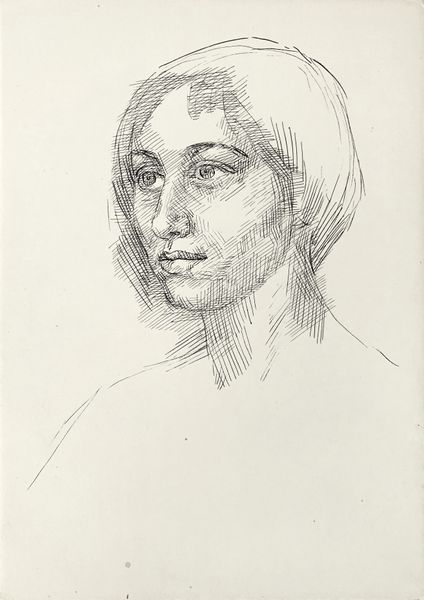
drawing, print, pencil
#
portrait
#
pencil drawn
#
drawing
# print
#
pencil sketch
#
charcoal drawing
#
pencil drawing
#
pencil
#
portrait drawing
#
pencil work
#
realism
Copyright: National Gallery of Art: CC0 1.0
Curator: The artwork before us is entitled "Head of a Young Girl" by Alphonse Legros. While the date remains unknown, the piece employs pencil to capture the subject's likeness in delicate detail. Editor: It strikes me as a very subdued and vulnerable depiction. The girl’s gaze is averted, almost melancholic, and the stark simplicity adds to that feeling of raw, unveiled emotion. Curator: Legros was working within a period that saw the rise of academic art training alongside the burgeoning Realist movement. This work speaks to that duality; technically proficient, yet invested in representing ordinary life without idealization. One could argue Legros democratizes the portrait, moving it away from exclusive depictions of the elite. Editor: Absolutely, and I see how this also connects to larger societal trends. This feels like a challenge to the established gaze. Who is granted visibility, and whose stories are deemed worthy of representation? Legros’s focus on the individual, divorced from grand narrative, anticipates later discussions on agency and identity politics within artistic portraiture. Curator: The absence of embellishment shifts our focus entirely onto her expression. This reflects a growing emphasis on psychological realism within portraiture, mirroring broader interests in social reform and documenting human experiences across class lines during the 19th century. Legros later turned to teaching, thus perpetuating new strategies to representing working-class citizens and others rendered socially invisible by the official Salons. Editor: That context really deepens my reading. This portrait is an attempt to disrupt existing power structures within the art world. It also demonstrates a deliberate effort to grant artistic legitimacy to the faces and lives often marginalized and overlooked. A silent yet poignant assertion of worthiness. Curator: Looking at "Head of a Young Girl", it's evident how historical circumstances profoundly impact not only subject matter but the very aesthetics and approaches that define art itself. Editor: Yes, and this piece is a good reminder of art's potential to prompt dialogue, inviting us to re-evaluate the assumptions and social constructs embedded within representation.
Comments
No comments
Be the first to comment and join the conversation on the ultimate creative platform.
